Significant gains in quantitative sensitivity using microflow chromatography
Comparing the SCIEX Triple Quad™ 7500 System – QTRAP® Ready to the QTRAP® 6500+ LC-MS/MS System
Carmai Seto1, Tom Biesenthal1, Christie Hunter2
1SCIEX, Canada, 2SCIEX, USA
Abstract
Quantification workflows for peptides and small molecules were explored on the SCIEX Triple Quad 7500 System, to characterize the sensitivity improvements over the QTRAP 6500+ System for microflow chromatography. Average peak area gains of about 8.7 were observed, and LLOQ improvements of 2.9 for small molecules and 4.6 for peptides were observed for the SCIEX 7500 System.
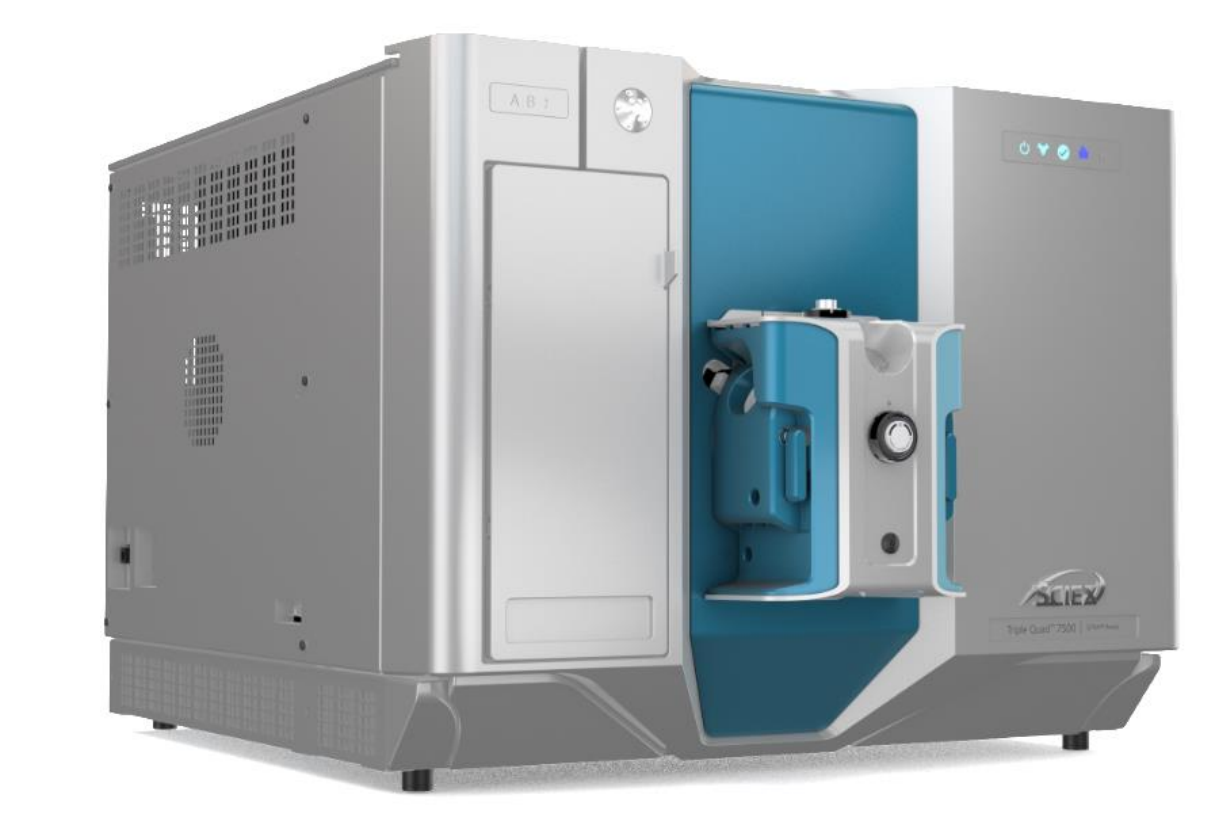
Introduction
Increasingly, microflow chromatography is being adopted in applications because of the “sweet spot” it occupies between increased sensitivity and solid robustness. Reducing the flow rate from analytical flow to microflow provides significant sensitivity gains while maintaining fast run times and robustness.1,2 Increasing the flow rate from nanoflow rates to microflow does cause a reduction in sensitivity, but more sample is often available to account for this — and the ease of use and throughput improvements are significant.3
This led SCIEX to continue to evolve the Turbo V™ Ion Source into the OptiFlow® Pro Ion Source, a single source that would cover the full spectrum of flow rates for LC-MS analysis. The modular design of the source allows rapid switching with no downtime. The optimized probe and electrode design ensures that the high performance is achieved with minimal user tuning.4 The ability to easily switch between flow regimes was also a critical part of the source design. Removing the barrier of switching helps researchers choose the right flow rate for every project.
Here, the sensitivity of microflow on the SCIEX Triple Quad 7500 System was compared to microflow on the QTRAP 6500+ System, to characterize the sensitivity gains for this increasingly important flow regime. Peak area gains were observed for all the compounds tested, with an average area gain of around 8.5 fold (Figure 1).
Figure 1. MRM peak area gains for microflow on the SCIEX Triple Quad 7500 System. Analysis of a small set of small molecules and peptide analytes on both the SCIEX 7500 System compared to the QTRAP 6500+ System showed significant gains in MRM peak areas with an average gain of ~7.5 fold.
Key features of the SCIEX 7500 System for microflow chomatography
- Sensitivity gains over the previous generation of instruments have been observed on the SCIEX Triple Quad 7500 System – QTRAP Ready5
- Similar sensitivity gains were also observed when performing microflow chromatography, with peak area gains of ~7.5 fold (Figure 1)
- OptiFlow Pro Ion Source provides high flexibility to meet diverse application needs with a single source solution
- Modular design allows fast switching between high and low flow regimes (Figure 2)
- Integrated E Lens™ Technology for microflow improves ESI droplet desolvation and provides more efficient ion collection
- High performance achievable across the flow rate range with very little need for tuning by user4
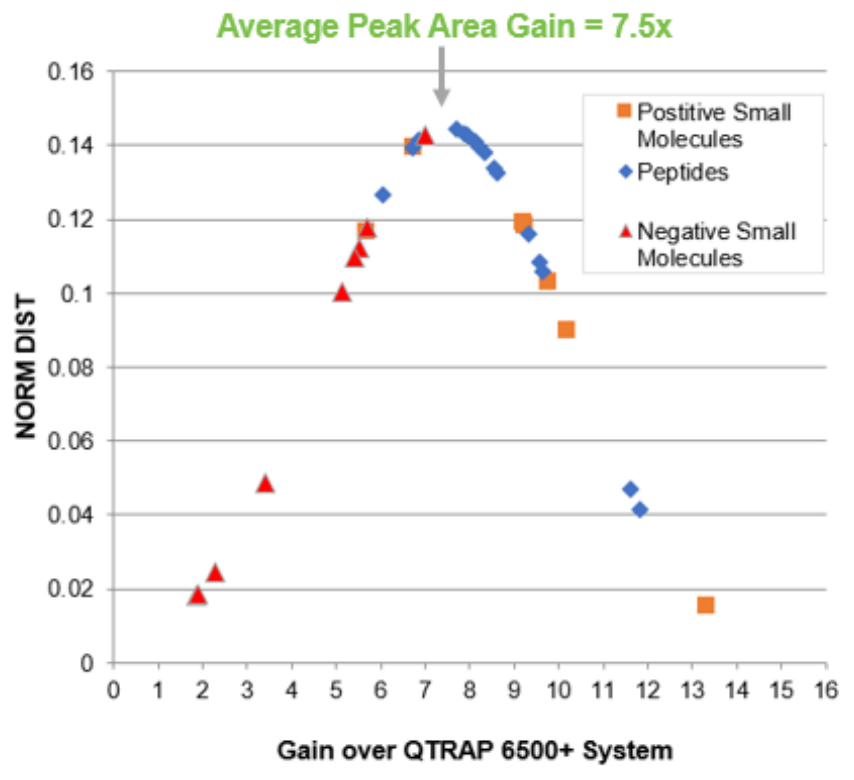 Click to enlarge
Click to enlarge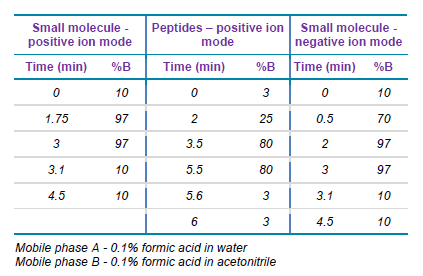 Click to enlarge
Click to enlarge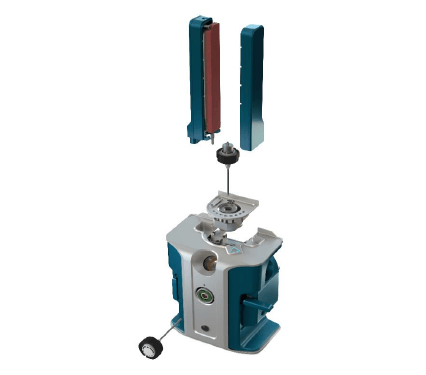 Click to enlarge
Click to enlarge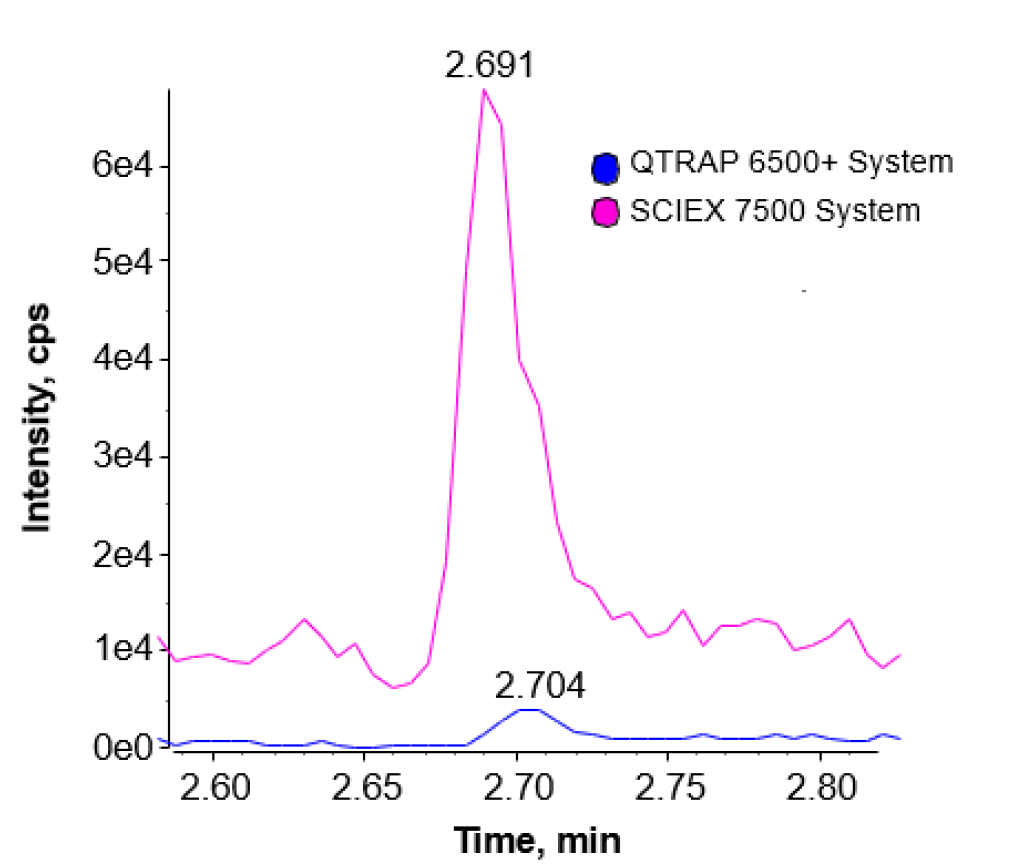 Click to enlarge
Click to enlarge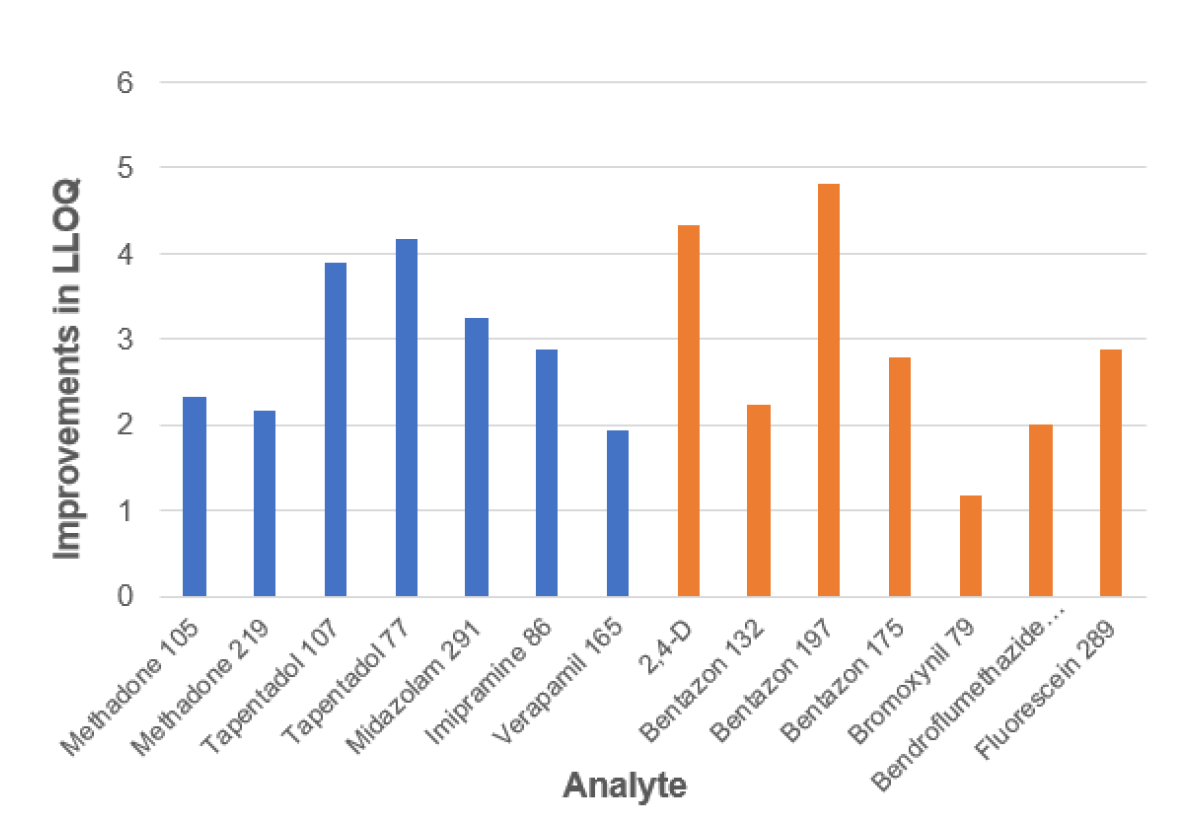 Click to enlarge
Click to enlarge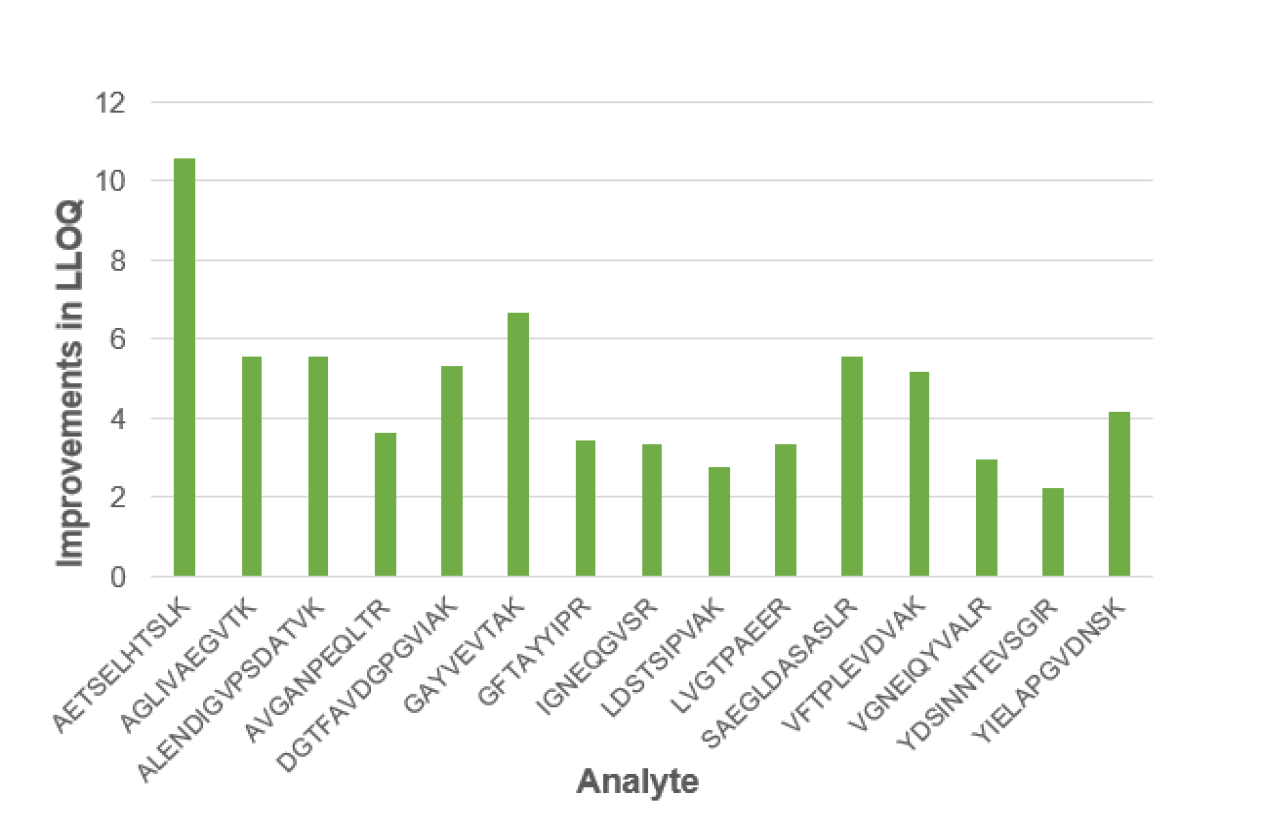 Click to enlarge
Click to enlarge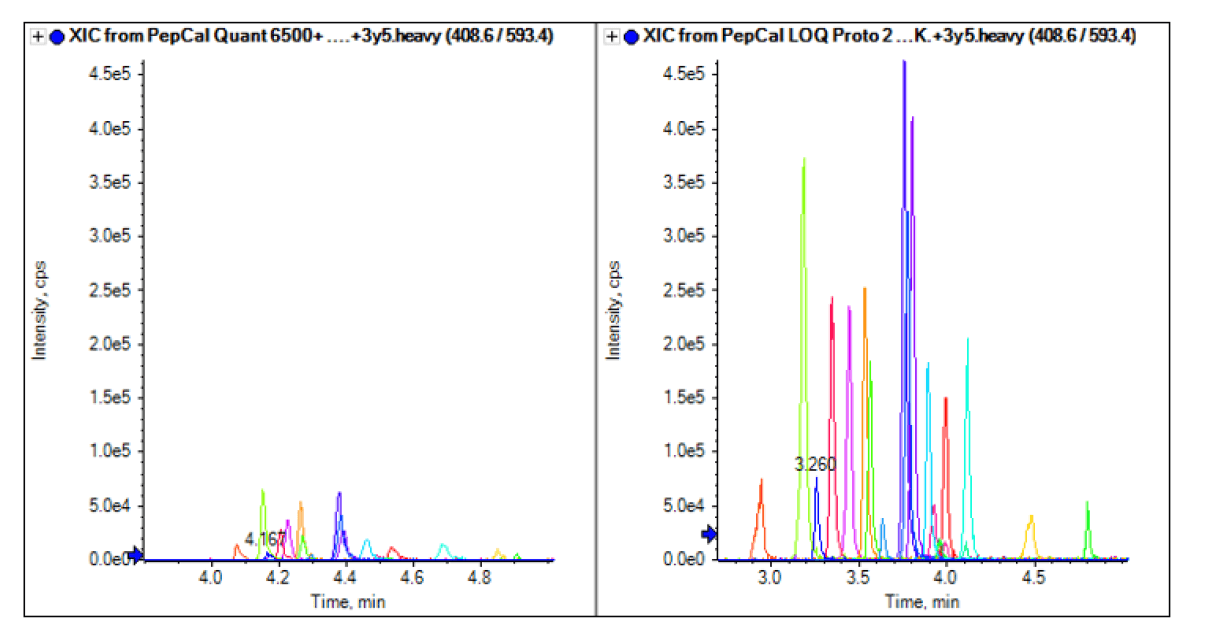 Click to enlarge
Click to enlarge